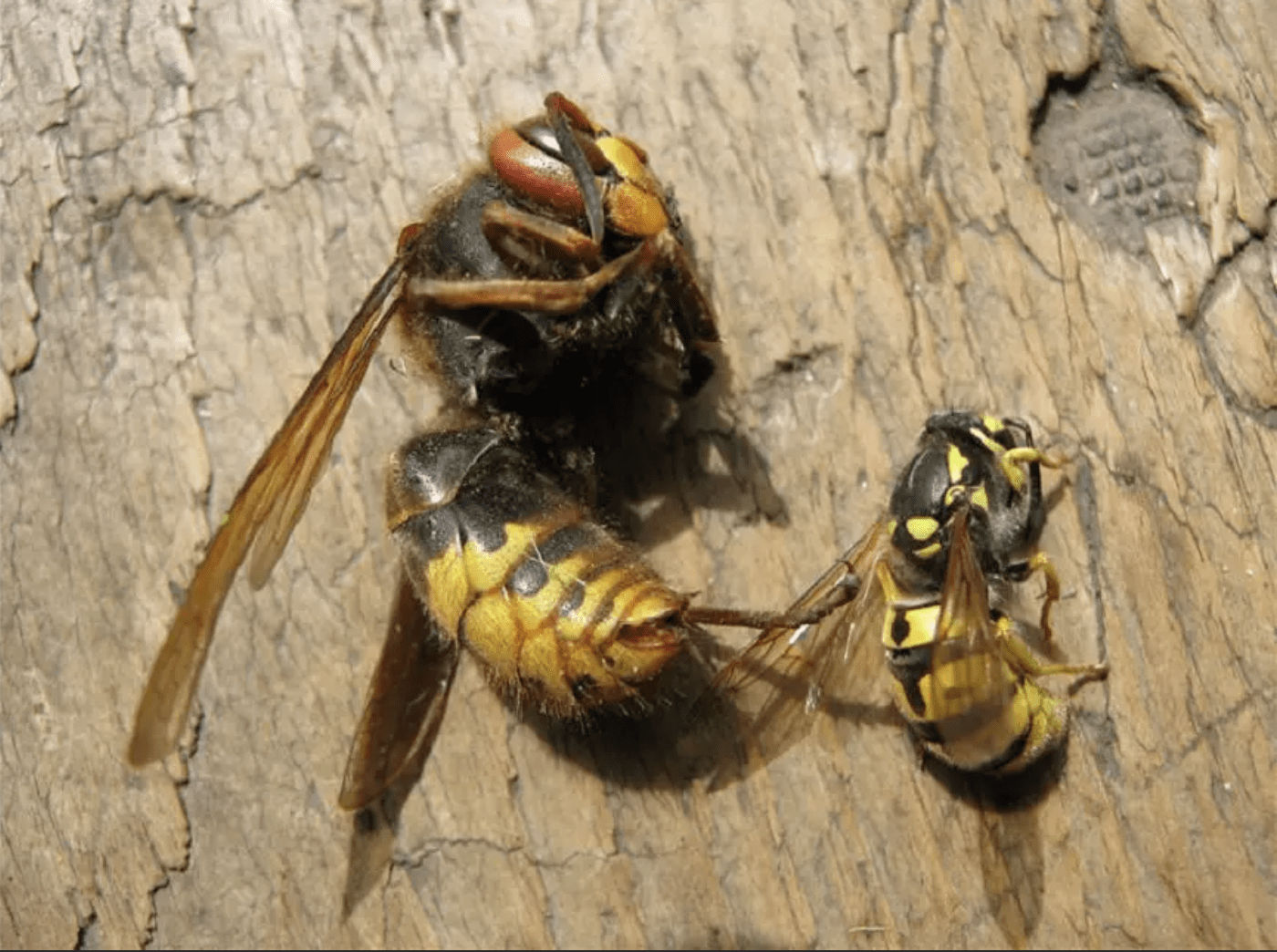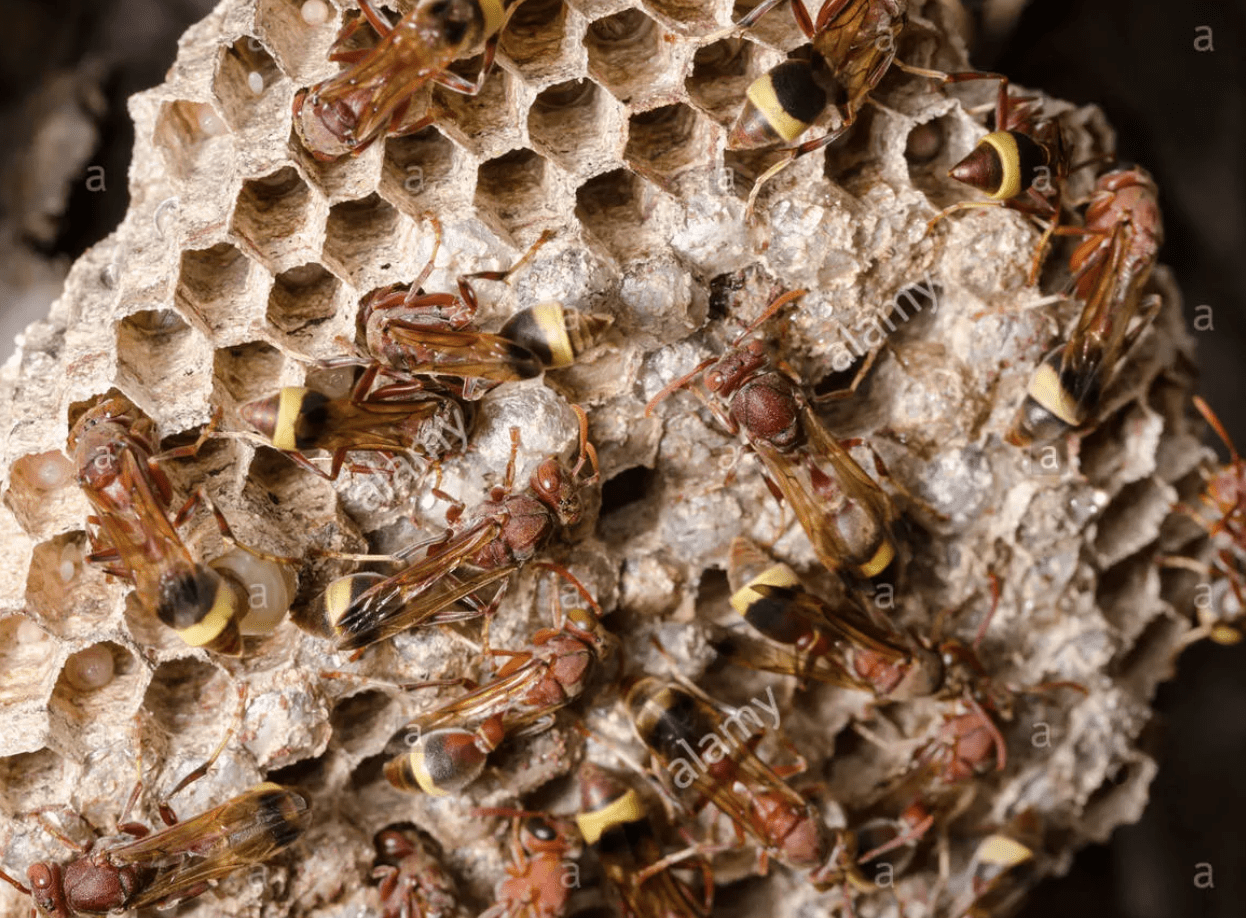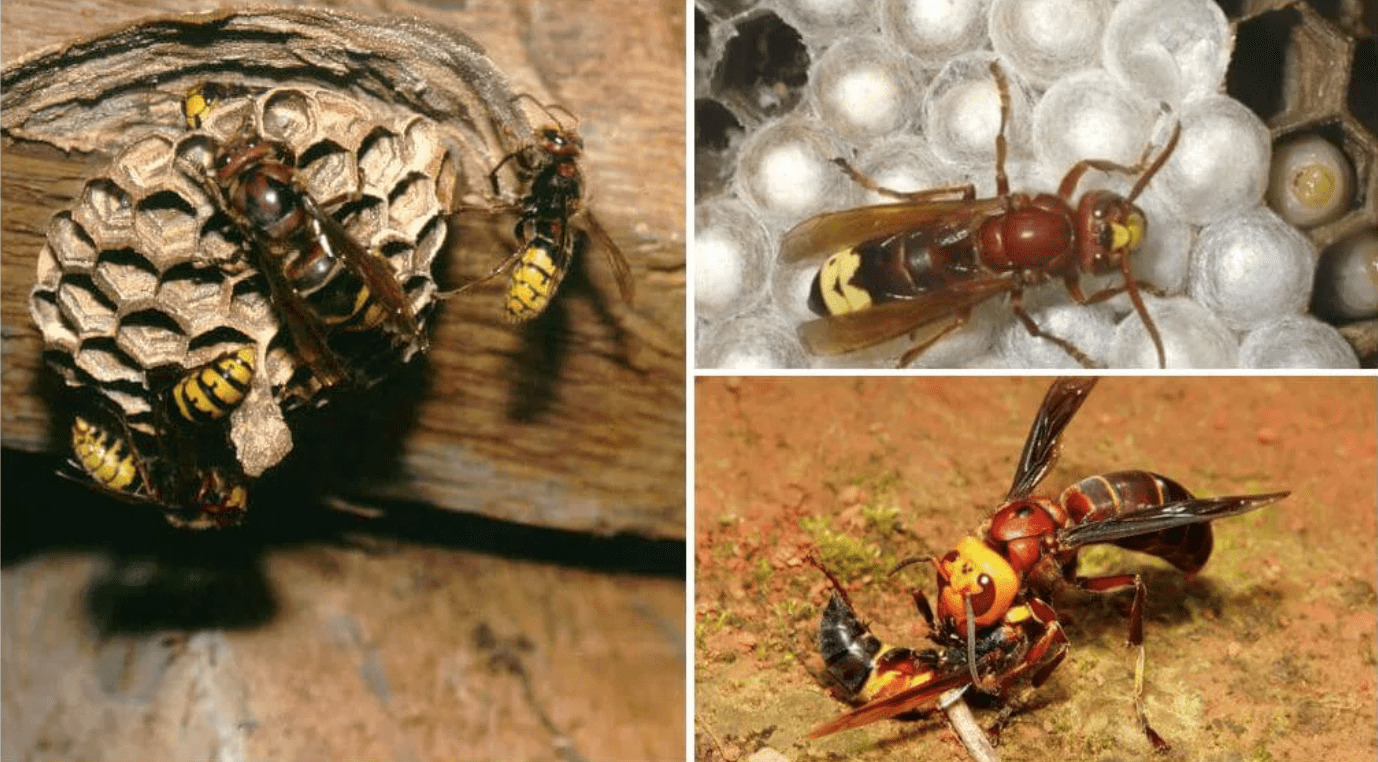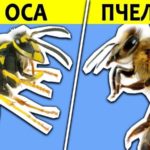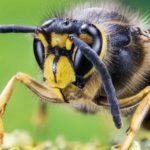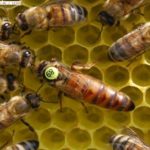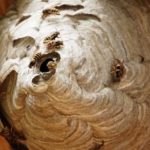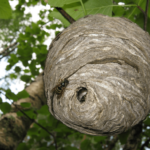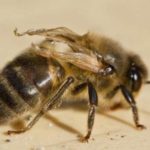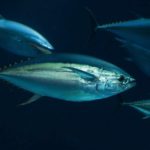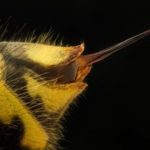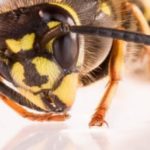Wasps are social insects that form colonies that live according to natural laws. Almost all wasps are sterile; the queen is responsible for reproduction, laying eggs from which larvae emerge, and from them young insects emerge. Let's look at what a wasp's uterus looks like and how to distinguish it from others. What functions does it perform, what lifestyle does it lead, does it pose a danger to humans.
What does a wasp queen look like?
In body structure and appearance it does not differ from other representatives of the species. The coloring and alternation of stripes are also the same and are characteristic of insects.You can distinguish the uterus from ordinary individuals by its size; it is larger than the rest of the family. The properties of the uterus differ in that it is capable of fertilization and can reproduce offspring.
Lifestyle, main functions
The wasp uterus performs special functions - it reproduces new generations, and it is responsible for the formation of offspring. By autumn it loses its activity; from the last eggs laid, females emerge, which will replace the queen in the next season. Males appear a little earlier; after fertilization, the females die. Over the next summer, the females will lay eggs, from which an entire aspen family will be formed.
Females leave their native hive in the fall and find a secluded place where they can hide from the cold. They select cracks in wooden houses and in the bark of trees. Sleeping wasps can be found in hollows and burrows. Insects hide until spring, and come out in spring.
As the weather gets warmer, the wasps fly out into the air and begin to look for a place where they can safely build a hive. In fields and forests, insects build homes in tree branches and bushes. If insects choose a place to live near human habitation, hives can often be seen in attics, under awnings, that is, where they will be protected from wind and rain.
Having chosen a place, the wasp begins to build a nest from the remains of old wood and bark. After chewing the wood pieces, a paper pulp is obtained, from which the queen forms several cells. It lays eggs in them. When larvae emerge from them, the wasp looks for food for them and at the same time continues building the nest. When adult insects emerge from the larvae, they will join the construction. The queen will lay eggs, from which new individuals will begin to emerge.
Danger to humans
Like regular wasps, the queen has a stinger that can pierce the skin of a victim or attacker. The sting does not remain in the body, so the insect can bite several times. Swelling, redness, and itching appear at the site of the bite - signs of an allergic reaction. Its severity depends on the individual characteristics of the human body; if the reaction is strong, there can be serious consequences.
Wasps are not aggressive towards people and do not attack first. But they will boldly attack if they believe that the hive is in danger. Moreover, they usually attack individually, and not as a “collective”. You cannot touch the nest while it is inhabited. It can only be removed in the fall, when all the insects have flown away. The next generation does not settle in the old hive, but can build a new home nearby.
The uterus of wasps performs the most important function in the life of the wasp genus. Begins to build a new nest and lays eggs throughout the season. The size of the aspen family depends on their number. The queen does not forget to take care of the next generation, giving birth to males and females who can reproduce successfully, unlike ordinary individuals.

